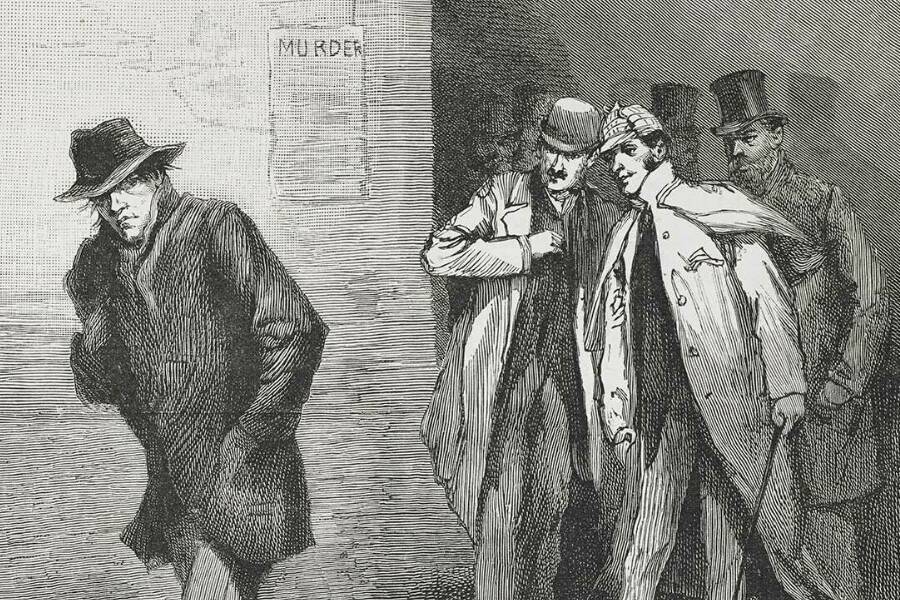Aaron Kosminski: The Disturbed Barber Who Became A Jack The Ripper Suspect

Public DomainAn image of a potential Jack the Ripper suspect from the Illustrated London News. 1888.
Who was he?
Aaron Kosminski was a Polish-born immigrant residing in Whitechapel at the time of the murders and working as a barber.
Little is known about Kosminski’s life, but records suggest that he was born in 1865 and moved from Poland — then controlled by Russia — to London with his brother, Isaac, sometime in the early 1870s. Isaac, like their father before him, began a successful career as a tailor.
Aaron, on the other hand, seemed to have only worked sporadically as a hairdresser, and by 1891 had not attempted to work for many years.
Why is he a Jack the Ripper suspect?
Kosminski reportedly suffered from severe mental illness and was described in Melville Macnaghten’s 1894 memoranda as having gone “insane owing to many years indulgence in solitary vices. He had a great hatred of women, especially of the prostitute class, & had strong homicidal tendencies; he was removed to a lunatic asylum about March 1889.”
The asylum in question was the Mile End Old Town Workhouse, where he would be discharged and then readmitted shortly afterward. On February 7, 1891, he was transferred to the Middlesex County Lunatic Asylum at Colney Hatch. He was also certified as insane.
He spent the rest of his life in asylums until he died in 1919. And for several decades, his name only came up sporadically in connection with the Jack the Ripper case.
But then, in 2019, forensic scientists announced that they had likely uncovered the identity of Jack the Ripper: Kosminski.
Their study, published in the Journal of Forensic Sciences, discovered that a shawl found near the body of Catherine Eddowes, Jack the Ripper’s fourth known victim, contained DNA that closely matched the DNA of a living relative of Kosminski.
Does the case against him hold up?
For many, the genetic tests on the shawl are evidence enough to assert that Kosminski was indeed Jack the Ripper, though this conclusion isn’t without criticism.
Some researchers have argued that the analysis only involved mitochondrial DNA, and that isn’t conclusive enough to officially name Kosminski as the murderer.
Others have pointed out that the shawl wasn’t definitively proven to be at the crime scene, and even if it was, it was likely contaminated after the murder.
At the same time, however, Kosminski’s name appeared in investigators’ notes from the time of the crimes. Sir Robert Anderson, the Assistant Commissioner, even wrote of a witness who allegedly said the true identity of Jack the Ripper was Kosminski: “The only person who had ever had a good view of the murderer unhesitatingly identified the suspect the instant he was confronted with him; but he refused to give evidence against him.”
Still, even with such strong evidence against Kosminski, the debate is far from settled. Perhaps the truth about the mysterious serial killer is still out there, waiting to be found. But perhaps it never will be.
Now that you’ve read about the most intriguing Jack the Ripper suspects, check out the bizarre theory that Jack the Ripper was merely a creation of the newspapers of the time. Then, learn about the tragically forgotten lives of Jack the Ripper’s victims.





